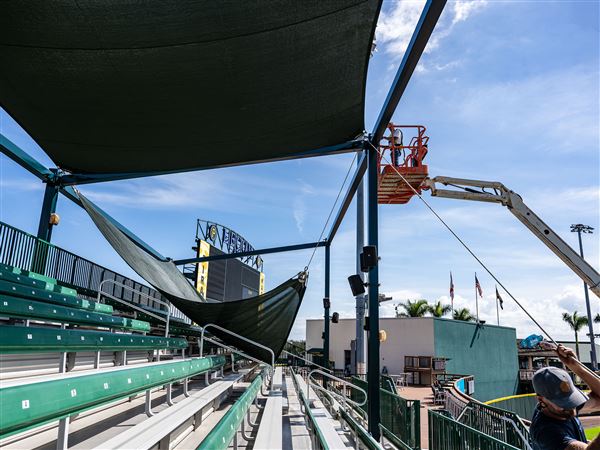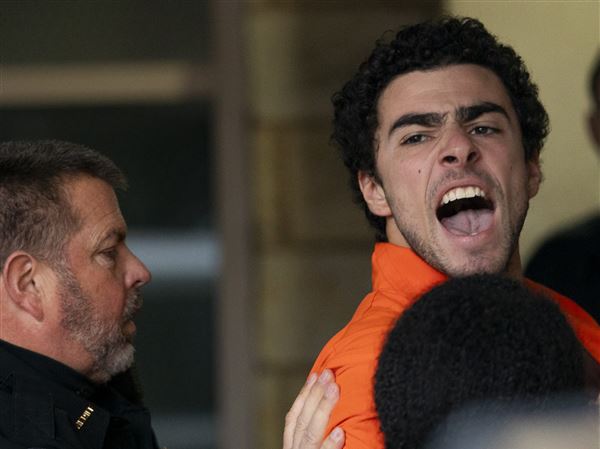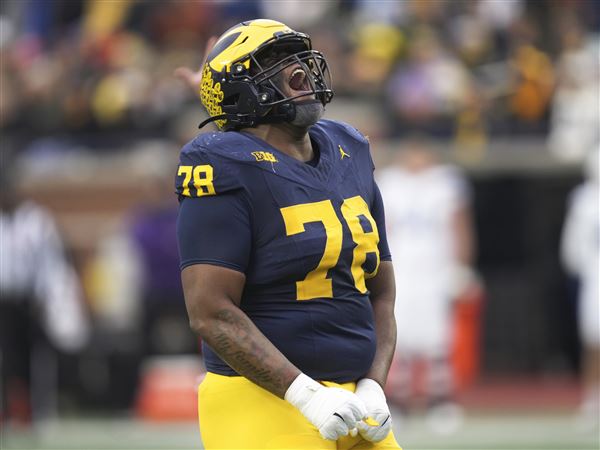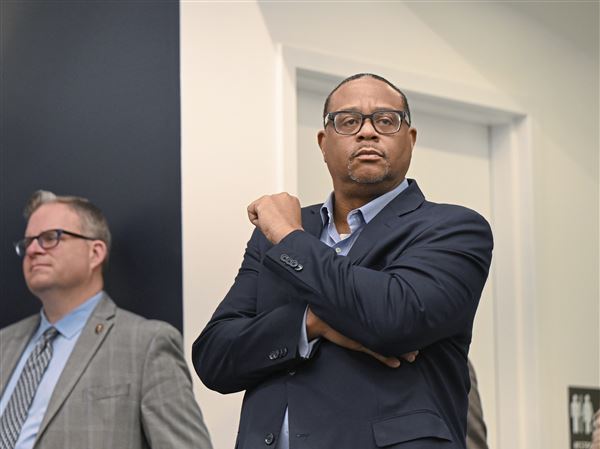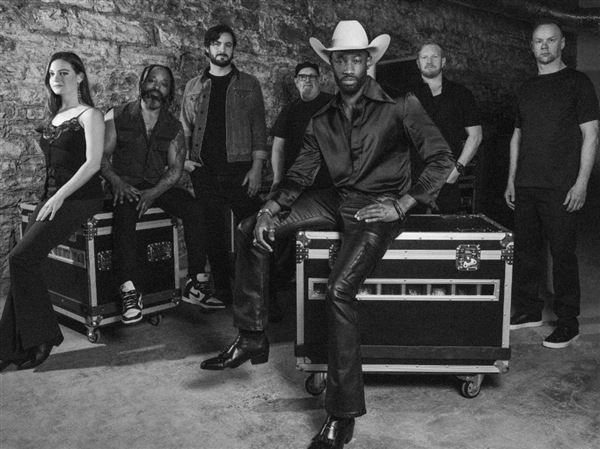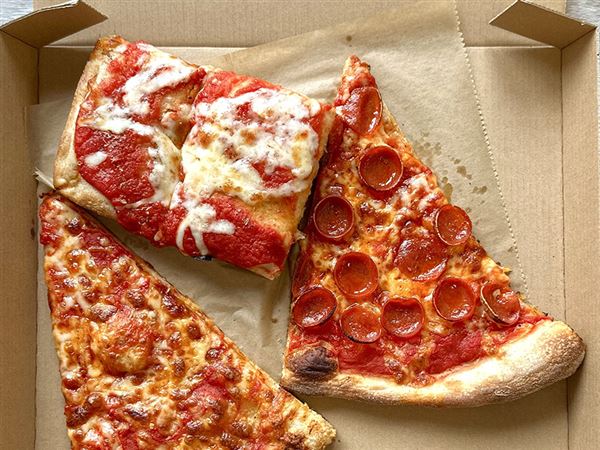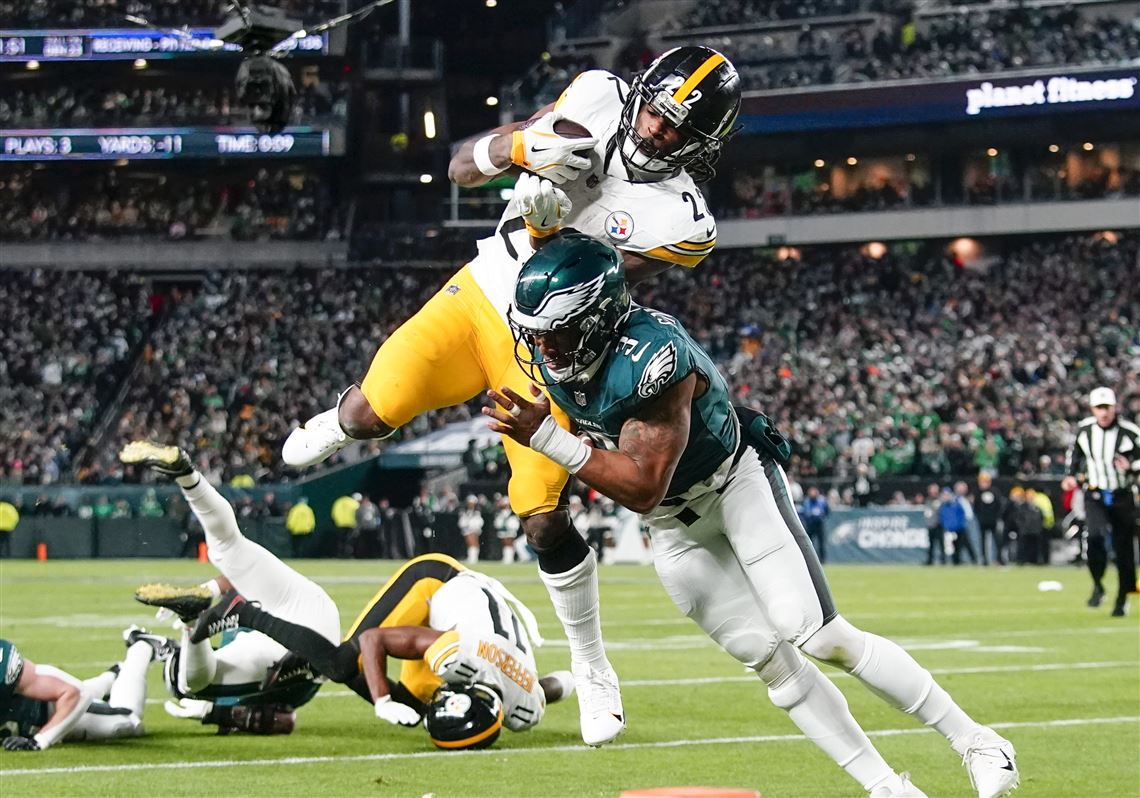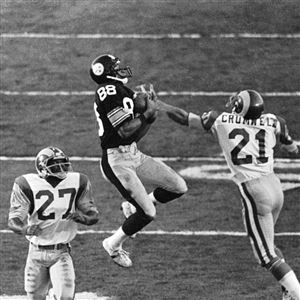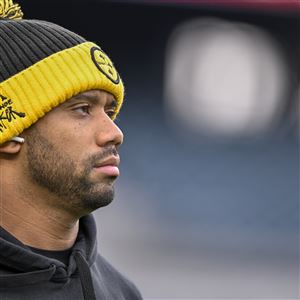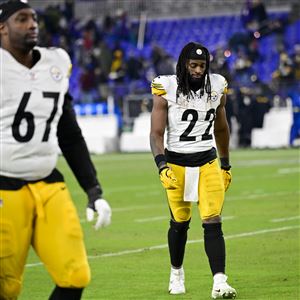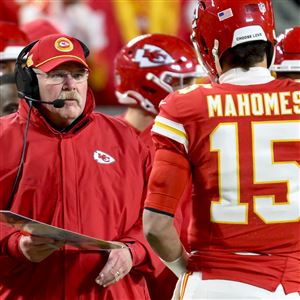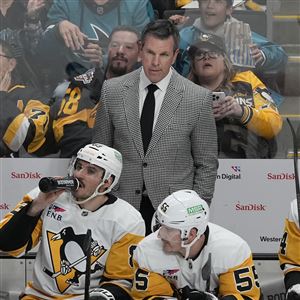The Kansas City Chiefs were living a pretty good life — not to be confused with great — as they prepared for the 2017 NFL draft.
It was the kind of life the Steelers have settled into. Comfortable. Above average. Somewhat successful. One could stay there forever and never feel the need for change. Certainly not major change.
That was especially true in light of how far the Chiefs had come. Andy Reid inherited a 2-14 disaster in 2013 and transformed it into a perennial playoff team that went 23-9 over the 2015 and ’16 seasons. In 2015, the Chiefs even won a playoff game (some teams do that every once in a while) before dropping a one-score game to the dynastic New England Patriots.
In 2016, the Chiefs lost to the Steelers, 18-16, in the divisional round, but they didn’t seem that far off. They seemed fine. Or at least good enough. Or at least not bad. Or at least above the mean.
That would have been acceptable to many teams, including, apparently, the current-day Steelers, who seem to judge their performance the way one would a conservative mutual fund: Does it perform steadily over time, never getting too low, never risking too much, and return a neat little investment in the end? Super! Why change?
To the Chiefs, however, good wasn’t good enough. They didn’t want minimal profits. They wanted Elon Musk money. They could have stuck with Pro Bowl quarterback Alex Smith and won nine or 10 games forever, but they wanted more. So they shed their fears, stunningly moved from 27th to 10th in the 2016 draft and took a kid named Patrick Mahomes, even though Smith was still under contract.
In other words, they lived the saying “good is the enemy of great,” whereas teams like the Steelers just talk about it.
Remember when Mike Tomlin made his big “lone ranger” quarterback switch this season, when his team was 4-2?
“Justin [Fields] has been really good, and we’ve been really good at times — but not to be confused with great,” Tomlin said.
Tomlin mentioned something similar to his friend Jay Glazer, telling him, as Glazer recounted, “I’m not trying to win games. I’m trying to win a world title here.”
That all sounds bold and tough, but the Steelers really don’t live that life. They live in their fears. They live in low-risk mutual funds. They punt to Lamar Jackson when it’s 4th-and-inches in a playoff game.
At best, they live in "good."
This was team president Art Rooney II on Tomlin’s job security after a season in which the Steelers went 10-8 and were blown out of another playoff game. They haven’t been competitive in one since 2016 and have missed the playoffs nearly 40% of the time in the past eight years:
“When you look at how many games Mike has won in this league,” Rooney said, “you don't win that many games if you're not a good coach.”
Tomlin is good — not to be confused with great. If one NFL season is a lifetime, it has been many lifetimes since he was great.
The Chiefs are always great. But it's their Super Bowl opponent, the Philadelphia Eagles, who are the true anti-Steelers and perhaps the NFL’s best example of never settling for good.
Rooney makes the mere notion of moving on from a “good” coach sound like a mortal sin. He seems to live in shivering fear of becoming a team that changes coaches once in a while. Does he not trust himself to hire another good coach, or maybe even a great one? There’s plenty out there. The Eagles are proof.
Indeed, somebody should remind Rooney that the team on the other side of the state changes coaches like socks and makes semi-regular appearances in the Super Bowl.
Reid was good in Philadelphia (not to be confused with great). He went to five conference championship games and a Super Bowl in his 14 years there. He far outperformed the mean. But the Eagles wanted more. They fired him after a 4-12 season in 2012.
Next up was Chip Kelly, a big swing who brought an unconventional offense to the NFL. He won 20 games and a division title in his first two years. That gets you a statue in Pittsburgh these days. The Eagles wanted more. They fired Kelly after a bad start in ’15.
Now it was Doug Pederson’s turn. All he did was beat Bill Belichick and Tom Brady in the Super Bowl in his second year and win four playoff games across five seasons. Compare that to, say, Tomlin, who has won three playoff games in the past 14 years — against Matt Moore, A.J. McCarron and Smith (the mutual fund, however, has gained 4% over the time).
But after Pederson went 9-7 twice — above average, for sure — and then 4-11-1, he was fired.
Eagles owner Jeffrey Lurie then hired Nick Sirianni, who is 48-20 in four years, has already won five playoff games and is headed to his second Super Bowl. And yet, it constantly feels like Sirianni is under fire. Call me crazy, but maybe that’s what happens when the standard is excellence and not whether your investment is outperforming the mean over the past quarter century.
Did I mention that the Eagles had what many thought was a franchise quarterback in Carson Wentz when they drafted Jalen Hurts in the second round in 2020?
The Steelers passed on Hurts in favor of Chase Claypool that year, taking Claypool four picks earlier. They’d also passed on Lamar Jackson in 2018, taking Terrell Edmunds four picks earlier even though they went into that draft looking for an eventual replacement for Ben Roethlisberger.
The Steelers reached for Mason Rudolph 76th overall in the Jackson draft year and reached even more desperately for Kenny Pickett at 20th overall in 2022. Now they might be left to choose between Justin Fields and Russell Wilson for next season. Both have the same ceiling — at their best, they’re pretty good.
Not to be confused with great.
First Published: January 30, 2025, 2:59 p.m.
